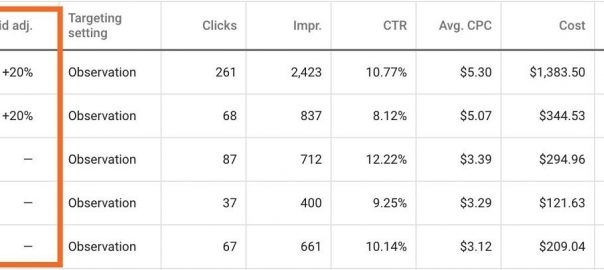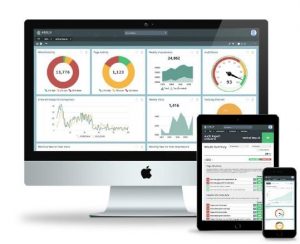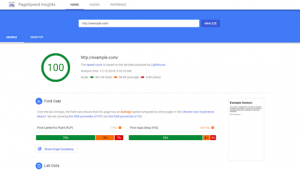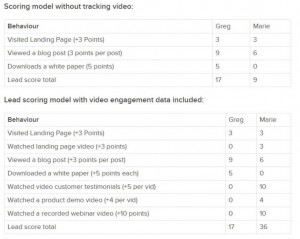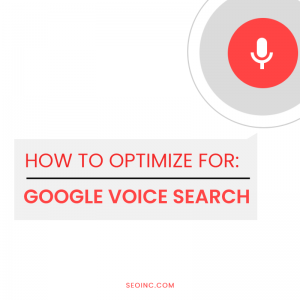— January 7, 2019
The new year is here, and with it comes all kinds of resolutions. Whether it’s losing weight, reading more, spending more time with family, each resolution is important and should hold a special place in your heart.
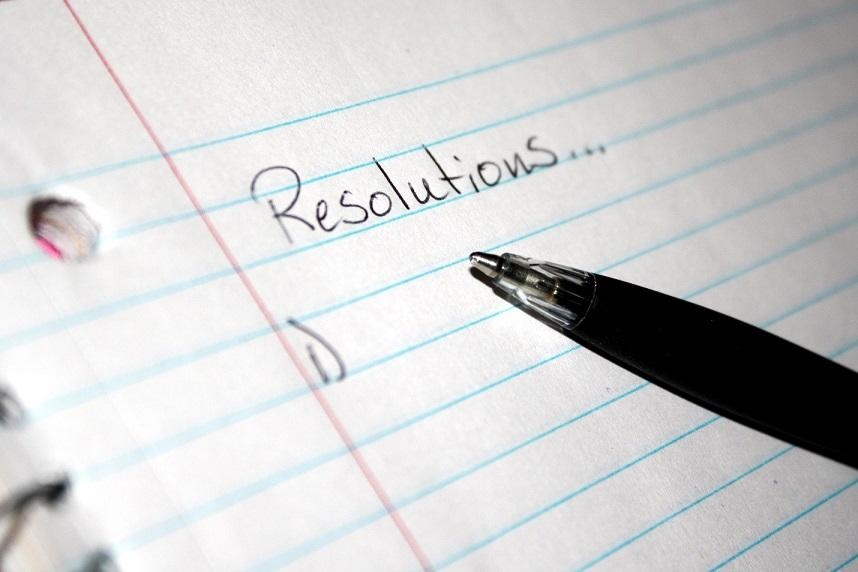
But what about PPC strategies? Why should they be left out in the January cold just because it’s work and not your personal life? Spoiler alert: They shouldn’t!
PPC channels, practices, tools, and trends are constantly evolving – faster than most of us can keep up with them. If we don’t continually try new things, we’re going to get left behind.
So with the new year upon us and resolutions to better ourselves in mind, here are five strategies to test in 2019 to help our accounts grow and improve.
#1: Test a New Channel
The internet is becoming a larger place every day, and folks are spending more and more time on an increasing number of websites and social media channels.
In 2019, I encourage you to look beyond Google and Bing to find your audience in new ways and leverage some of the strengths these other channels have.
Here’s a list of new channels to potentially test out:
But there’s one channel I encourage over all the others: Quora.
First, Quora’s targeting options are unmissable. Quora is a unique channel with targeting options that mimic search, display, and social channels. In my opinion, it’s one of the easiest ways to flex your search muscles while also trying out your display and social chops.
Second, Quora’s platform is very easy to use and comes equipped with all the sophisticated conversion tracking and audience building you’ll need to be a success.

Lastly, Quora’s audience is 300 million monthly active users strong, but the ad platform is only a year old, so many other advertisers aren’t in on it yet. This means you can still reach a large, highly-targeted audience without having to compete against the same users you would on Facebook or Instagram. This means lower CPCs and longer time frames to test and learn before others catch on.
But your channel doesn’t have to be Quora. Any of the other channels above would be a wonderful choice to test in the new year. They all have self-serve platforms and can function on a pay per click model so you can dip your toe in slowly.
#2: Map Conversion Actions
Not all users are in the same place in their buying process and, therefore, shouldn’t all be asked to complete the same conversion action. When building your PPC campaigns, it’s important to know what conversion action makes the most sense for each stage of the funnel. Although we can’t market 1-1 with a call to action for literally every user, we can get pretty close.
In 2019, I want you to take inventory of your calls to action. Understand where they fit in the buyer funnel and map those into your campaigns accordingly. Then, spend some time and fill in the gaps that are missing.
To do this, make a simple chart like this and fill in what you have.

Here’s an example for a basic B2B and ecommerce model:

Notice not all calls to action are actual exchanges of information or money. Most people don’t buy from you on the first visit. They need some nurturing.
Once you see what you have and where it maps to, you might realize you have some pieces missing or there might be some weaknesses that you could fill in with better calls to action. For example, maybe in your B2B funnel, you have content available for download, but it doesn’t convert very well or is out of date. This would be a great place to either refresh the content to make it more meaningful or build a free tool to show users how much they could save with your solution. Get creative and think about what your potential customers would want and find valuable, not just the things you have available right this minute.
#3: Segment Retargeting Lists by Date Ranges
Similar to the message above, not all users should be targeted the same way, but we often lump them together in one big retargeting audience. Someone who didn’t convert on your site (January 06, 2019) is in a very different space than someone who didn’t convert 70 days ago.
This year, spend some time and build out new audiences based on date ranges with your retargeting campaigns. This will allow you to treat the seven-day users with the recency they deserve and potentially leave the 70-day old user alone, depending on how likely it is for them to convert.
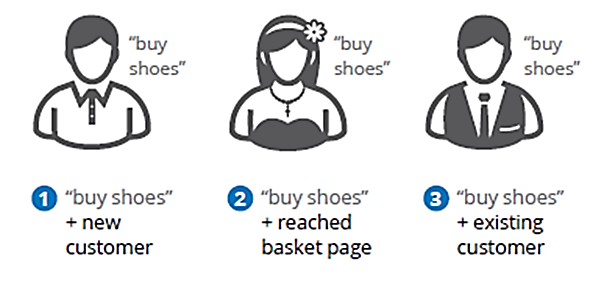
In the end, you should be crafting more meaningful and useful ads for your audiences as well as helping to cut out underperforming segments from your campaigns. That’s a win-win if you ask me.
#4: Leverage Audiences in Campaigns
Audiences are becoming an integral part of campaign strategy. They’re not going to replace keywords anytime soon, but that doesn’t mean they can’t be used in concert to make your campaigns perform better.
In its easiest form, audience targeting can be used to enhance what we’re doing for search campaigns. We’re able to layer most types of audiences into our search campaigns and leverage bid modifiers to adjust bids based on the performance of each audience.
What this means is that if someone is both in that audience AND is searching for those keywords, you’ll be able to see the performance on a different line of data than if someone isn’t in the audience.
To do this, head into the Audiences tab within a search campaign, adjust the targeting to include Observation audiences in the ad group you want.

Then in the Audiences tab, you will see your data broken up by those Observation audiences and be able to adjust bid modifiers based on your CPA goals for each campaign.

Here are some other strategies you can test out. Whether it’s Remarketing Lists for Search Ads (RLSA), combining Remarketing Lists with DSA (RDSA), or some other technique using In-Market or Similar Audiences, audiences can step up your search game.
In 2019, dip your toe into the audience pool by testing out some of the strategies in this post. Once you’ve done that, the world is your oyster.
#5: Test Automating a Portion of Your Account
It’s no secret that the tools in our channels are getting more advanced every year. In the new year, let’s let the machines do the repetitive tasks they’re so good at and get your brain back to the high-level strategy work that it’s best at.
We wrote a short series on campaign automation in Google Ads in 2018 that covers keywords and ads, bidding strategies, and automated rules. Give each of these a read and choose one to test out in 2019.
Resolve to Strategize in 2019
Each of these strategies has the potential to build upon the strong foundations you’ve built with your search campaign. Even better, each strategy will help you step up your game in 2019. I hope this list has given you some ideas for how to improve your campaigns and make 2019 a fantastic year for you. Happy New Year!
Digital & Social Articles on Business 2 Community
(43)
